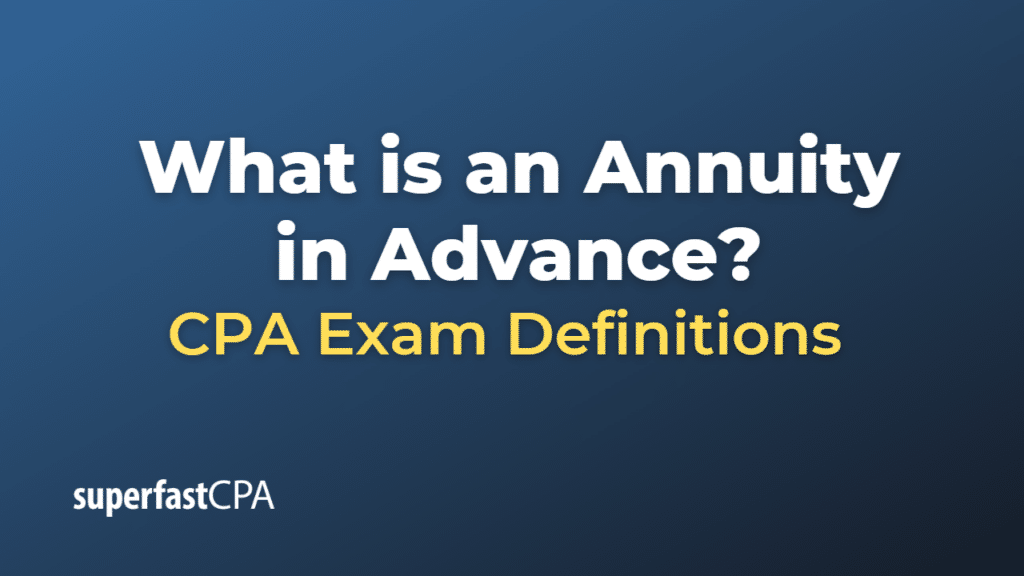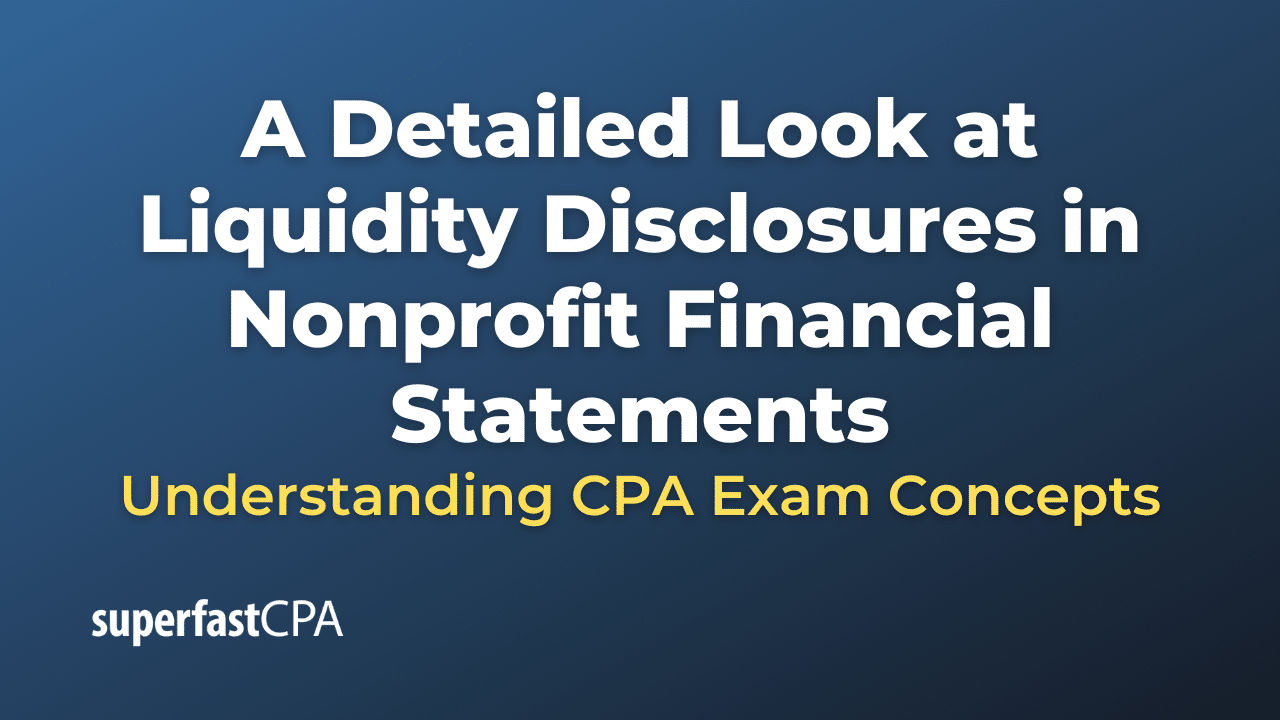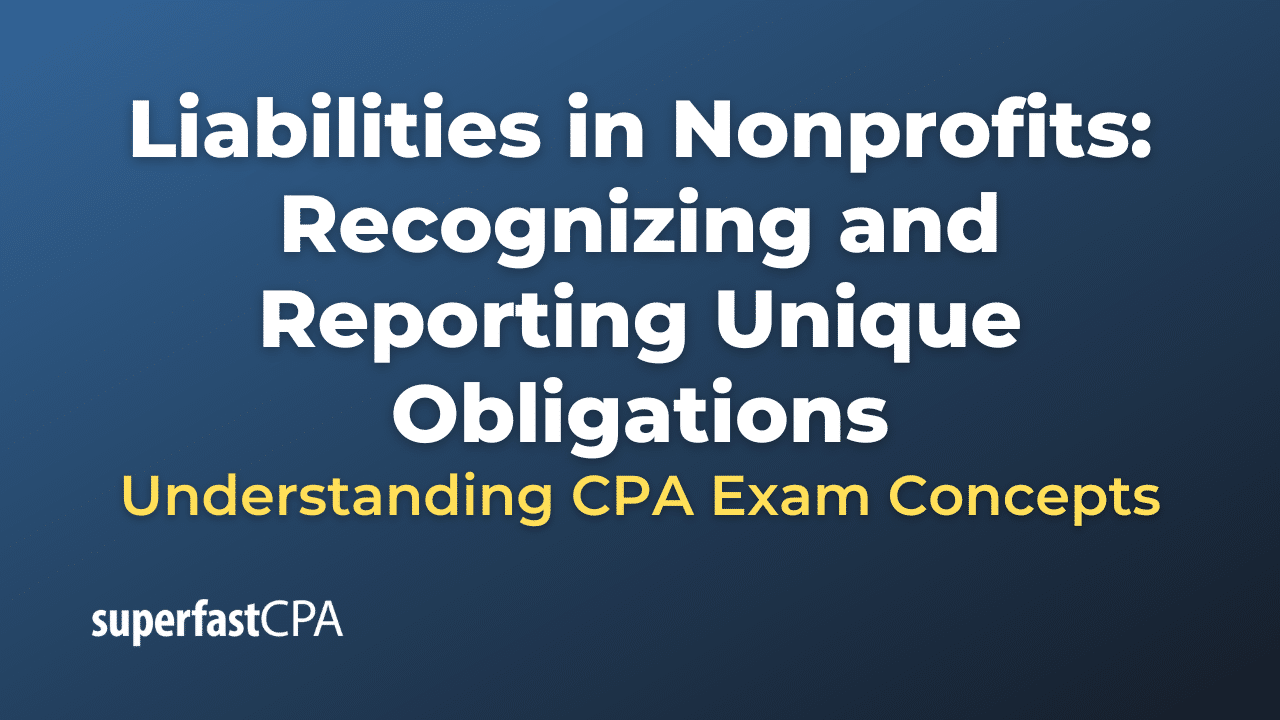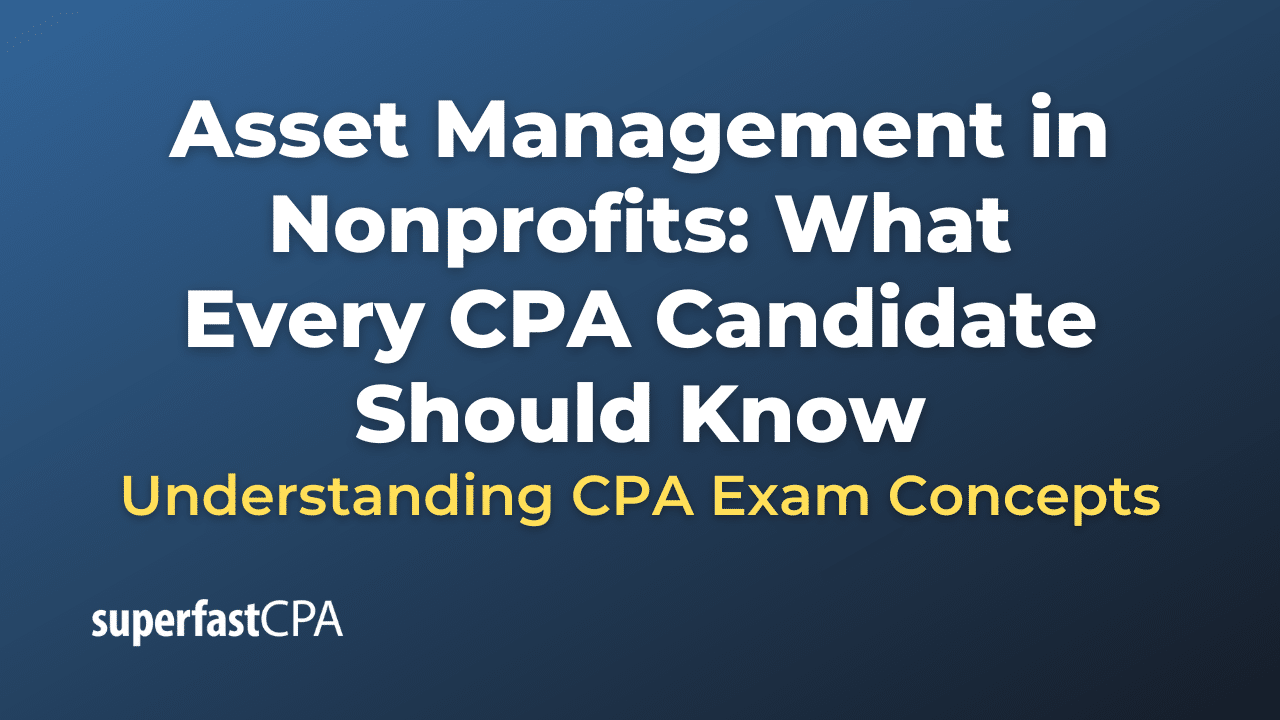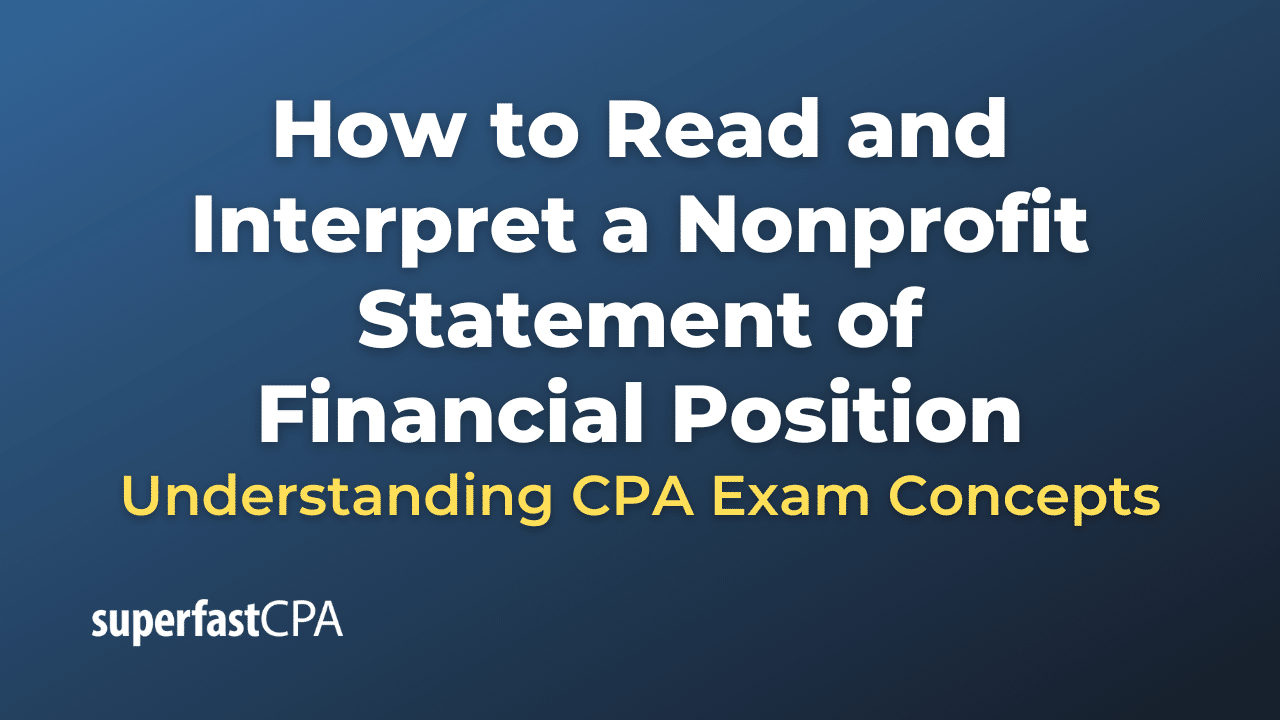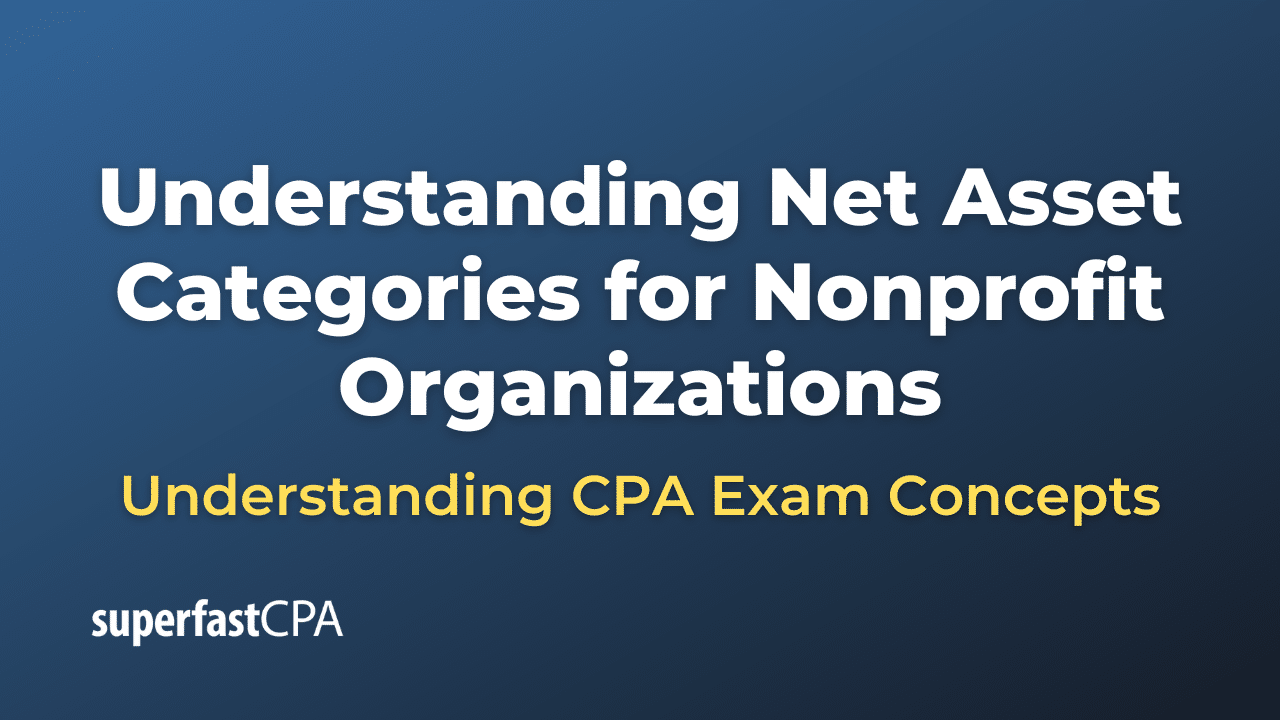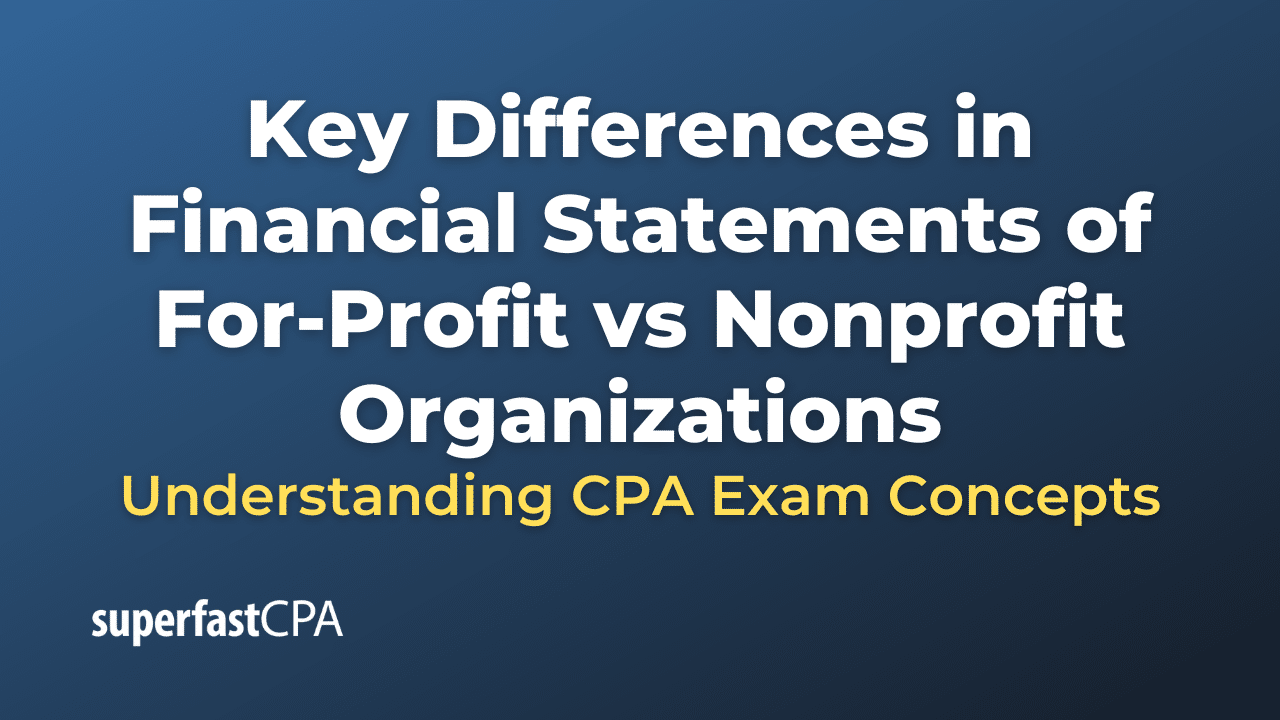Annuity in Advance
The term “annuity in advance” is synonymous with “annuity due.” Both terms describe an annuity where payments are made at the beginning of each period instead of at the end, which is the case with an ordinary annuity.
In an “annuity in advance” or “annuity due”:
- Payments are Made Upfront: This means that if you have a monthly annuity in advance, and you’re set to receive or make payments starting from January, the first payment would be on January 1st (or the start of January) rather than the end of January.
- Valuation Differences: Because payments occur earlier in an annuity due compared to an ordinary annuity, their present value and future value will differ from an ordinary annuity with the same number of periods and rate. Typically, an annuity in advance will have a higher present value and future value compared to an ordinary annuity because money is received or paid earlier.
- Common Instances: Lease or rent payments, certain insurance premiums, and some types of membership fees are examples of annuities in advance. For instance, a landlord might require rent to be paid at the start of the month, or an insurance policy might require a premium at the beginning of each coverage period.
In summary, an “annuity in advance” and “annuity due” refer to the same concept, where payments are made at the start of each period rather than the end.
Example of an Annuity in Advance
Let’s explore an example involving an annuity in advance (annuity due):
Scenario:
Imagine you’re renting a small office space for your business. The landlord requires a rent of $800 to be paid at the beginning of each month. You want to find out the present value of these rent payments over a 1-year period, given a discount rate of 4% per annum. Since the rent is paid at the start of each month, this is an example of an annuity in advance.
Given:
- C (Monthly rent) = $800
- r (Monthly discount rate) = \(\frac{\text{4%}}{12} \) = 0.3333% or 0.003333 in decimal form
- n (Total number of months) = 12
Step 1: Calculate the PV of an ordinary annuity. Using the formula for the PV of an ordinary annuity:
\(\large PV_{\text{ordinary annuity}} = \text{C x } \frac{(1-(1+r))^{-n})}{r} \)
Plugging in the values:
\(\large PV_{\text{ordinary annuity}} = \text{800 x } \frac{(1-(1+0.003333))^{-12})}{0.003333} \)
\(PV_{\text{ordinary annuity}} \approx \text{ 9,391.64} \)
Step 2: Adjust for the annuity in advance (annuity due). Since the payments are at the beginning of each month, we adjust the ordinary annuity value by multiplying it by (1+r)(1+r):
\(PV_{\text{due}} = PV_{\text{ordinary annuity}} \text{ x (1 + r)} \)
\(PV_{\text{due}} = \text{9,425.98 x (1 + 0.003333)} \)
\(PV_{\text{due}} \approx \text{9,425.98} \)
Conclusion:
Given a 4% annual discount rate, the present value of the office rent payments, when paid at the beginning of each month, is approximately $9,425.98. This means, in today’s terms, you’d be indifferent between paying a lump sum of $9,425.98 now or making 12 monthly payments of $800 at the beginning of each month for the next year.
This example clearly demonstrates how an annuity in advance works and how its valuation differs from an ordinary annuity due to the timing of payments.

